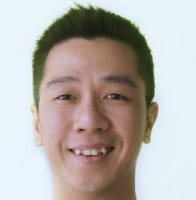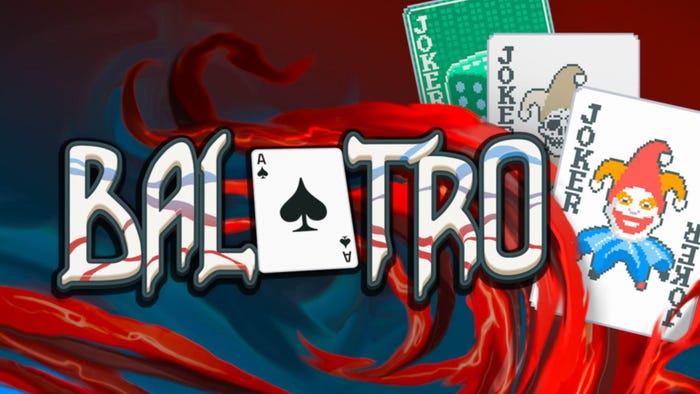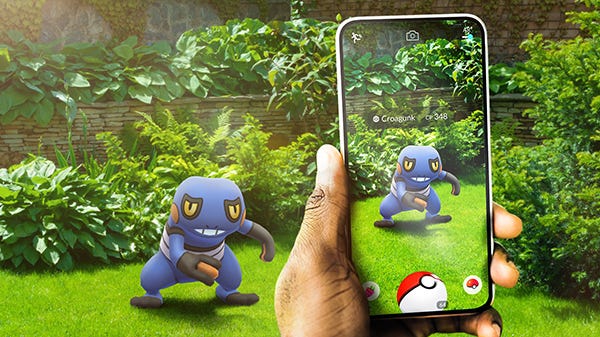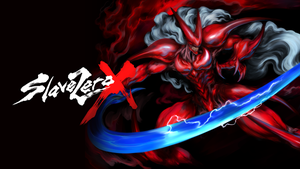
Featured Blog | This community-written post highlights the best of what the game industry has to offer. Read more like it on the Game Developer Blogs.
Localization, China Style: How Hero Academy’s Shaolin Team Went from Beijing to Texas and Back Again
Henry Fong, CEO of Beijing-based mobile game publisher Yodo1.com, explains how his company worked with Texas-based Robot Entertainment to design and deploy a new "Shaolin team" to the studio's Hero Academy for both Chinese and Western gamers.

Aspects of this post were discussed at greater length during my GDC 2013 localization talk -- watch it here.
Hero Academy, the acclaimed turn-based strategy game for iOS from Robot Entertainment, got a recent update to its collection of playable characters: a squad of Chinese-themed heroes, including a fighting monk, a Taoist healer, and a swordswoman. Called the “Shaolin team”, they draw on traditional character types from China’s martial arts fantasy world, called Jiang Hu — sort of the Chinese version of Middle Earth — which Westerners generally know through movies like Crouching Tiger, Hidden Dragon and games like BioWare’s Jade Empire. Robot Entertainment is actually based in Texas, but the Shaolin team really did get its start in China, where it’s known as the Jiang Hu team, which my company co-developed with Robot Entertainment for the game's China launch. (Read about the Chinese version on my blog here.) While we first created these assets to make the game more appealing to the China market, we also worked with Robot to globalize these Chinese elements for their world-wide audience. As the mobile gaming market continues to become more global, we’re going to see a lot more international cooperation between game developers, so I think Gamasutra readers might want to get a closer look at how it was done:

Hero Academy's Shaolin team
Unit Design and Play Balancing Between Two Countries and Cultures
“Yodo1 conceptually designed the Jiang Hu team according to what they thought Chinese players would like,” as Robot Entertainment CEO Patrick Hudson recounted to me recently. We planned out how the team should play and fight based on Chinese legend, and our art team set to work visualizing each unit; their challenge was to make sure these assets fit the existing Hero Academy art style, while also being recognizable by their martial arts character type. After that, Patrick puts it, “Robot then did much of the implementation and balancing against the other teams, so that the Jiang Hu team would feel like the other teams.”
So working in Beijing, we created a team of Chinese heroes with an authentic look and feel, while over in Texas, Robot's developers worked on fitting these units into their existing game. Doing it that way, as Robot Entertainment producer Wally Wachi puts it, “took a lot of the guesswork out of creating a team based on Chinese concepts/themes that could work for both the China and Western markets. This saved the Robot team a good chunk of development time.” (Not to mention money.)
Still, it took some work to translate our original design to the existing gameplay. We were basically transplanting Chinese martial arts legends and Taoist mythology into Hero Academy’s Tolkien-esque world of medieval swords and European sorcery. And sometimes, as we discovered during play testing, the two don’t always fight well together.
“In our initial implementation, the Jiang Hu’s mechanics were really fun and cool but ultimately too powerful,” Wally explains. This mismatch was evident, for instance, when we implemented the Jiang Hu's Shadow unit into general Hero Academy gameplay. Based on Chinese vampire mythology, the Shadow can revive KO'd enemy units in a match to fight on his side as ghosts. Pretty cool, we thought; but that gameplay element played havoc with the overall balance:

Hero Academy Shadow Unit Shaolin team
“[I]nitially the Shadow unit revived enemy units to his side with full health plus all armor and buffs intact -– basically converting units as-is. Lots of fun for one player, but not for his opponent, as we learned in our internal playtests. So we tuned the Shadow’s conversion ability back by not giving converted units full health and discarding their armor/buffs. This was true for many of the units and spells and we spent a good amount of time modifying/balancing their mechanics.”
So a lot of the balancing of the Shaolin team and their Western opponents required a compromise between how faithful these units were to their cultural background, and how well they integrated into the overall game.It was a bit like settling a “Which side would win in a fight?” debate between kung fu movie lovers and D&D fans. But after lots of iterations, the Shaolin team is about evenly matched with the game’s original heroes, so victory is ultimately decided by the player with the best strategy.
Two Markets, Two Approaches to Branding, Marketing, and Narrative Background
When it came time to launch the new team in the West, we had a lot of branding and marketing discussions with Robot Entertainment through several development cycles. Essentially, we wondered whether our band of Chinese heroes should be called Jiang Hu at all. While Chinese gamers are totally familiar with that term, we agreed it would cause a lot of head scratching in the US and Europe. Ultimately we decided on “Shaolin”, which is actually the name of a Buddhist temple, though Westerners are far more familiar with the martial arts tradition associated with it.
While the team names are different in the Chinese and Western version, the core gameplay is essentially the same. The other difference is one of narrative perspective, which we also tweaked for the China launch. In the Western version, the Shaolin team is depicted as visitors: “The mystical warriors of the Shaolin,” as the Robot Entertainment announcement explains, “hope to test their skills at the fabled Hero Academy.”

Hero Academy Jiang Hu Shaolin team temple
In China, however, it’s the Shaolin/Jiang Hu who are depicted as the home team. In the new campaign mode we created specifically for the Chinese version, the Jiang Hu run Hero Academy, and the game’s original Council team are the ones who must make their way to the school in order to challenge them.
Final Takeaways for Future Cross-Cultural Game Development
While a lot of what we learned during the development of the Jiang Hu team is very specific to Hero Academy, there's a few broader takeaways any game developer should pay close attention to:
Cost Savings: As a developing nation heavily focused on teaching tech skills to the next generation, it's now very easy to hire (if you have a local partner) a China-based team of artists and other developers who can produce AAA-quality content at much less the cost than it would in the West.
Expertise Sharing: At the same time, while China has tech and artistic talent in great abundance, the West still has decades of experience in game development and innovation, so generally has the edge in the creation of original IP, and the honing of overall gameplay. (For this reason, many Chinese-based games are rampant knock-offs of Western hits, something I discussed last year on my blog.) We're pretty confident Hero Academy's Jiang Hu team drew from the best of both worlds to give gamers the best from our respective strengths.
Multiple Market Testing: With some 300 million iOS/Android owners in China, the country is in many ways an ideal test market for Western developers to try out new game features and monetization channels, analyze gamer reaction, and iterate accordingly before rolling out the game to the West. (And vice versa.) The language barrier and the popularity of local social networks like Sina Weibo (Facebook and Twitter are both blocked in China) make it easy to develop and update in relative secrecy, as you prepare your game to take over the world.
Now that China has the world's largest iOS/Android market, we should soon start seeing many more East/West crossovers like this. I certainly hope so. For far too long, with rare exceptions like World of Warcraft, Chinese and Western gamers have played very different titles. Now that we share the same mobile platforms, I think we finally have a chance to start sharing our games a lot more too. That’s good for us developers — and pretty great for world peace.
Follow me on Twitter or e-mail us -- info at yodo1 dot com.
Read more about:
Featured BlogsAbout the Author(s)
You May Also Like












